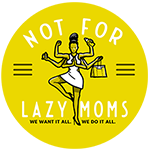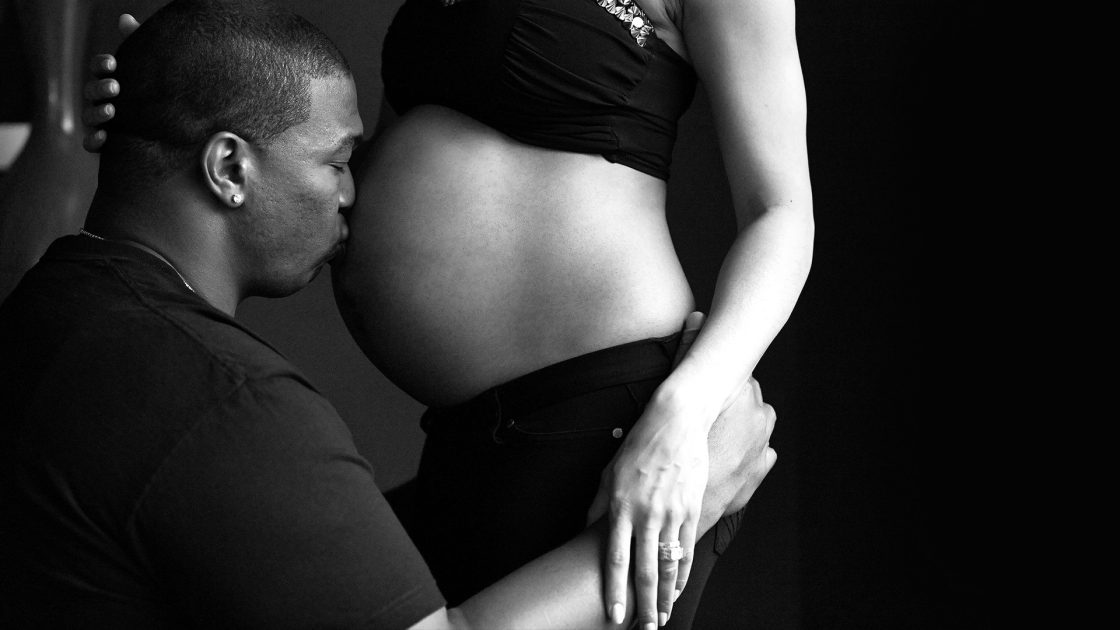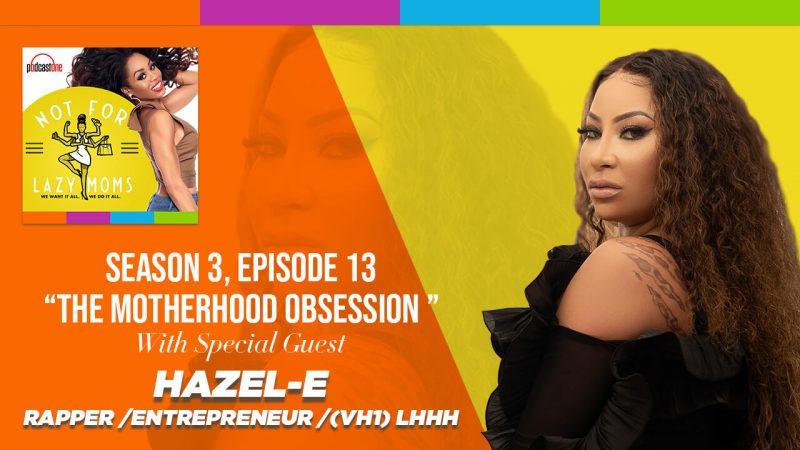More than 100,000 women older than 40 give birth each year, whether naturally, through IVF, surrogacy or adoption.
I was forty-two when my husband and I got married. We both wanted children. And, being older, we knew we would need to make sure all systems were a go before we started putting in the “work.” I had never been pregnant before so I didn’t know if it was possible. There are so many misconceptions that infertility only happens in women and in older women, but that’s not true. So, although my age constantly came up, I never let that or the statistics stop me from working to build a family.
I did several tests to make sure my uterus, fallopian tubes and ovaries were healthy and working. The tests included a hysterosalpingogram, transvaginal ultrasound and hysteroscopy. The hysteroscopy concluded that I had polyps on my uterus. Polyps can block the cervical canal preventing sperm from fertilizing the egg. I had a procedure called a uterine polypectomy to have them removed.
Now, with me and my husband being over 40, his hectic travel schedule at the time, trying to time ovulation around that and the possibility of the polyps returning — which is common and did happen to me — we decided to talk to a Reproductive Endocrinologist. She went over several options for us to consider. We wanted to get pregnant sooner than later if possible and felt that IVF could help us speed up the process and increase our success in achieving a viable pregnancy.
In January 2017 I started with hormone treatment to help build my egg reserve. By April I was going through my first embryo transfer. I did a Natural Cycle Frozen Embryo Transfer which is timed to your natural ovulation. Doctors can carefully monitor the cycle to determine the precise timing of your ovulation. This option offers minimal medication use vs. a programmed cycle which uses medications to prepare the endometrium for embryo implantation, helping to schedule the precise ovulation time.
A total of ten eggs were retrieved from my ovaries. Which was good for an ole girl. The eggs were assessed and injected with sperm. Nine eggs fertilized, five made it to day five and those five were genetically tested for any chromosomal abnormalities. When embryos make it to day five they have made it to the blastocyst stage in which they contain enough cells that will form the baby and the placenta. We ended up with two favorable embryos.
My doctor recommended that we transfer one. It is common for more than one embryo to be transferred as it could increase the chance of pregnancy. However, transferring more than one can land you with a multiple pregnancy (twins, triplets, etc.). We wanted to start a family but we weren’t ready to knock it out all at once. My pregnancy was already considered high risk because of my age, transferring more than one embryo could increase the risk of high blood pressure, gestational diabetes and/or miscarriage.
My son Ryan was born on January 6, 2018. In October 2020, we transferred our second embryo and our son Mason was born on June 17, 2021. Now four and one, some days I can hardly believe my journey. The Reproductive BioMedicine Journal (RBMO) stated in 2019 that “over 8 million IVF children have been born and over 2.5 million cycles are being performed every year.”
IVF may not seem like an option for everyone as it can deplete one mentally, physically and financially. The good news is there has been notable growth in coverage for IVF and other fertility services from employers which have helped with the hardship of paying for treatment.
Resolve is an organization that has helped catapult the conservation of fertility coverage and offers support and resources for those who are challenged in building their families.
IVF does not guarantee that your journey will be easy or successful but it can increase your chances of pregnancy depending on your own specific circumstances. Go into it with an open heart and mind. The more you know about your health and what options you have, the better you can manage your expectations.
I was able to give birth to my first child at 44 years old and my second at 47. I would have never imagined in a million years. Sharing my story has helped so many women share theirs and others to start thinking beyond traditional paths to motherhood. You may not go the way you intended to go but you’ll end up where you’re meant to be.





Comment Policy:We welcome and encourage the community to comment and initiate conversations amongst each other on each post. Differing points of view are always welcome, and while we do not intend to censor any points of view, abusive and non-constructive language will not be tolerated. In order to maintain an open conversational atmosphere, comments will not appear immediately and will be approved at the discretion of our site moderators.